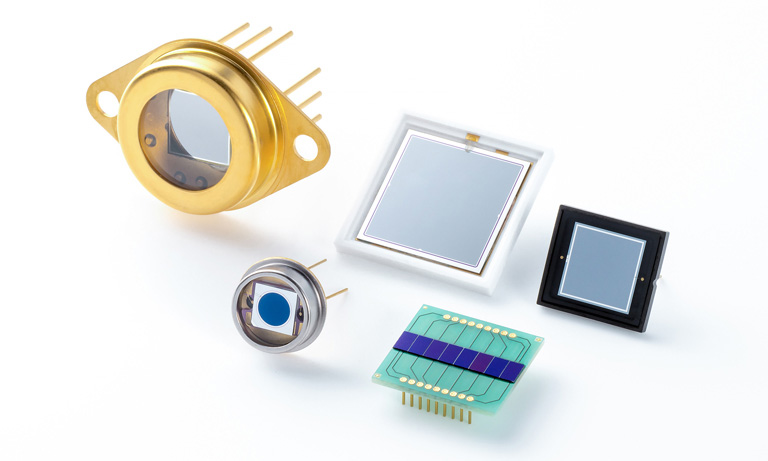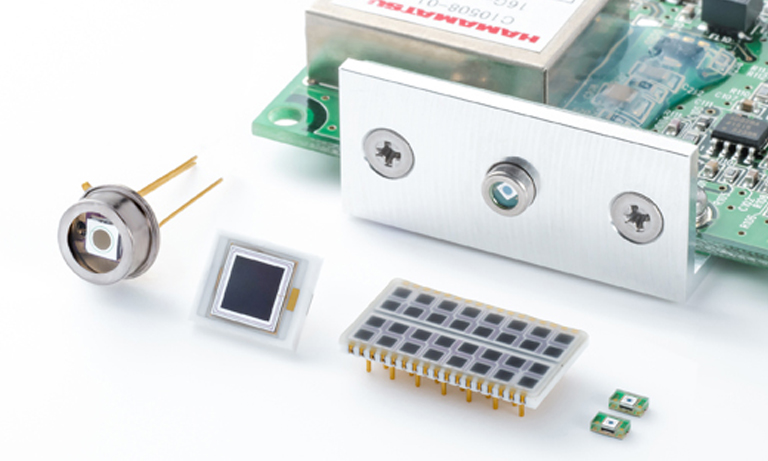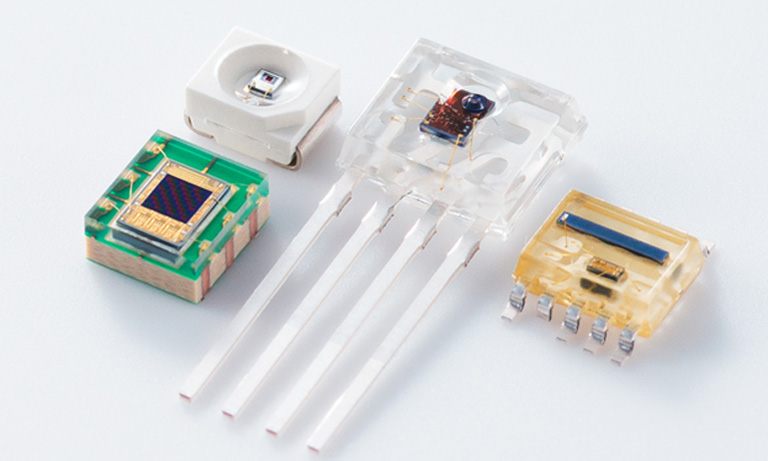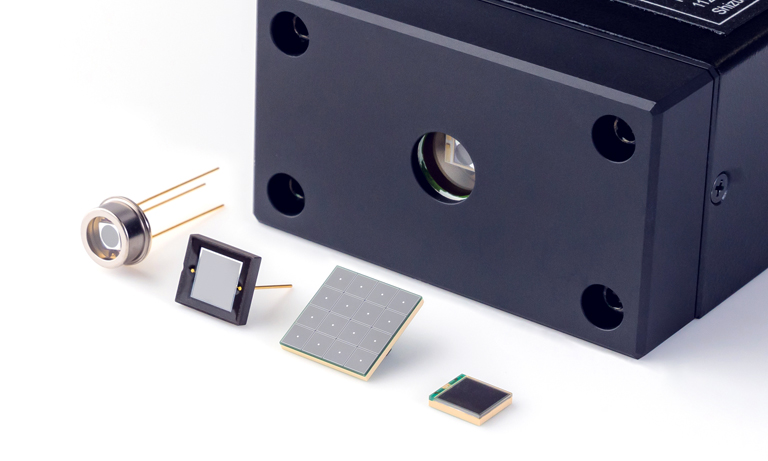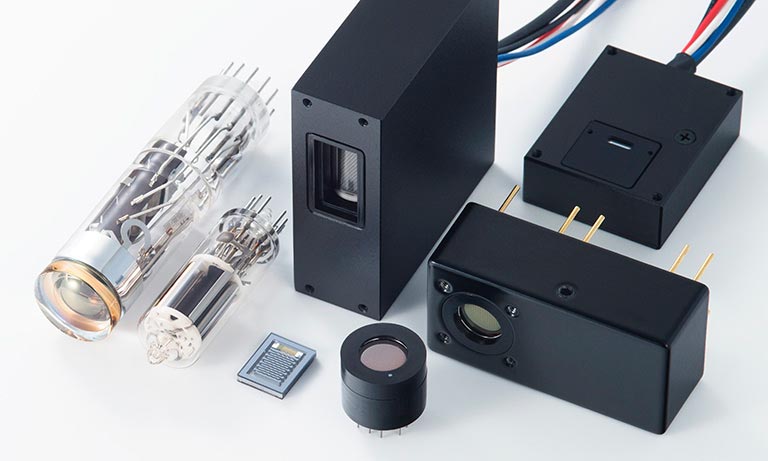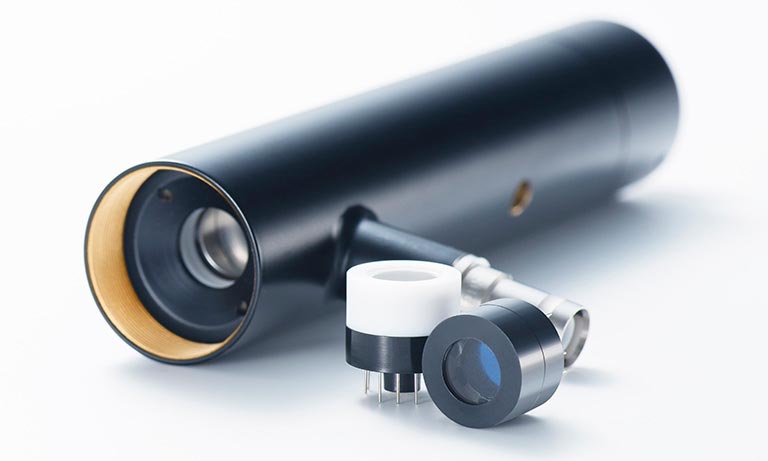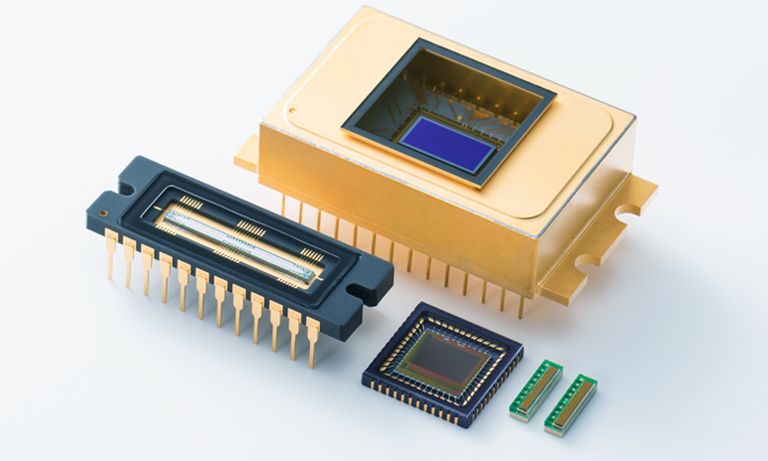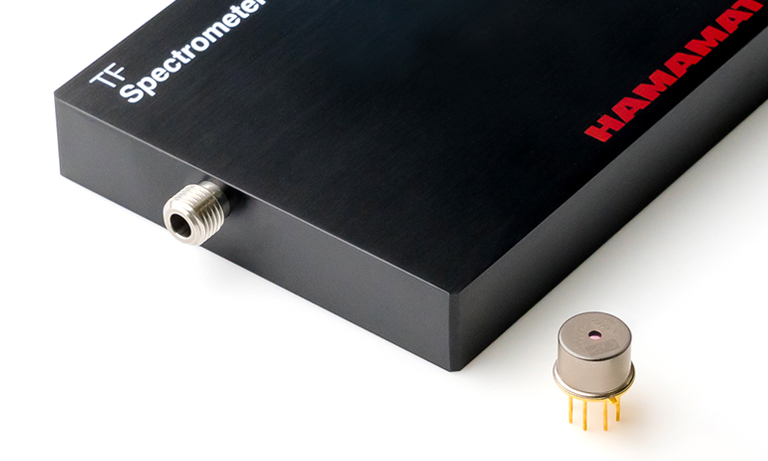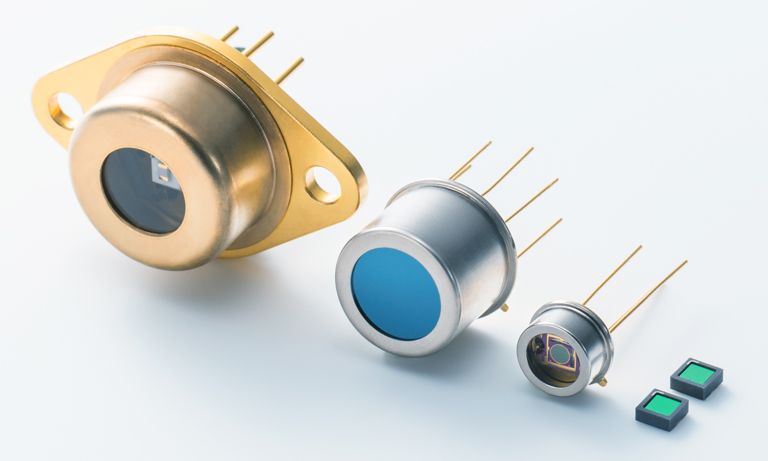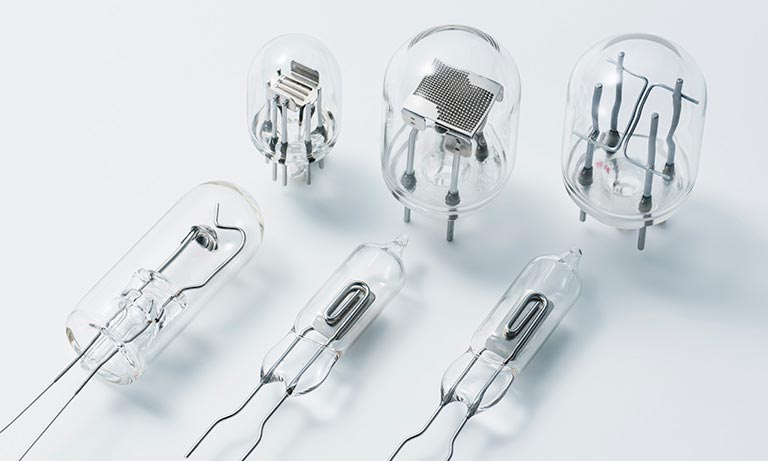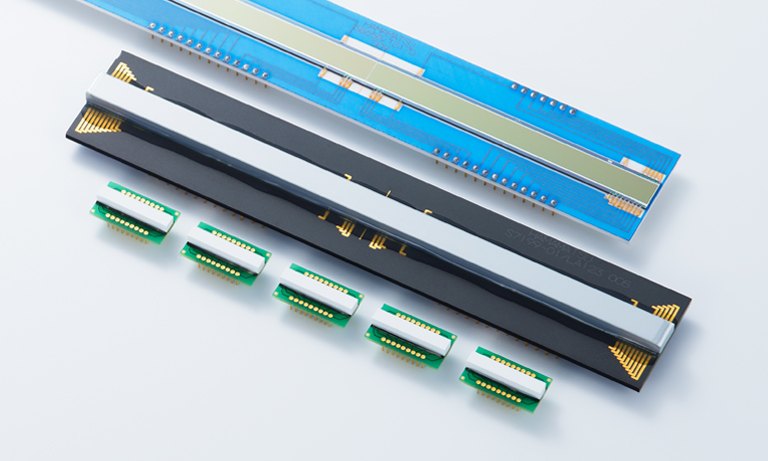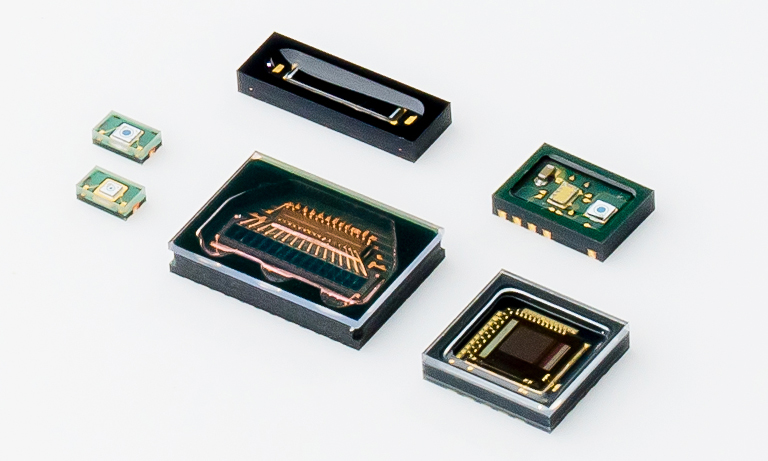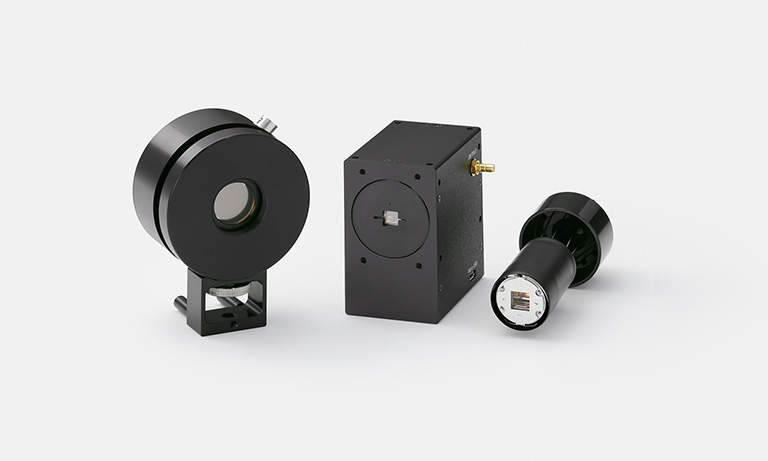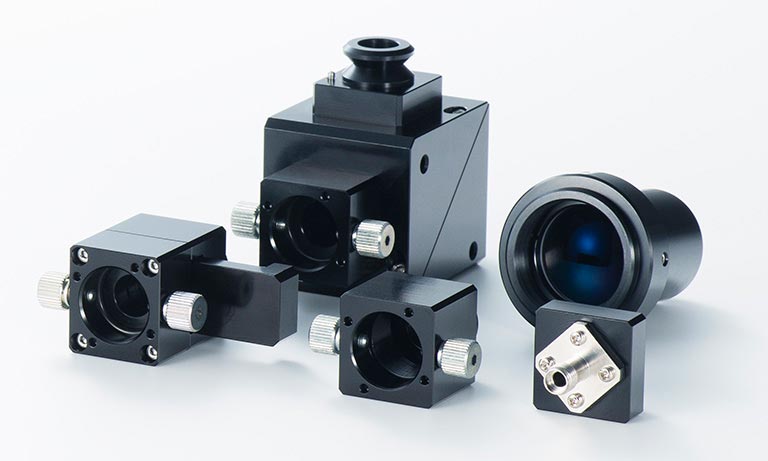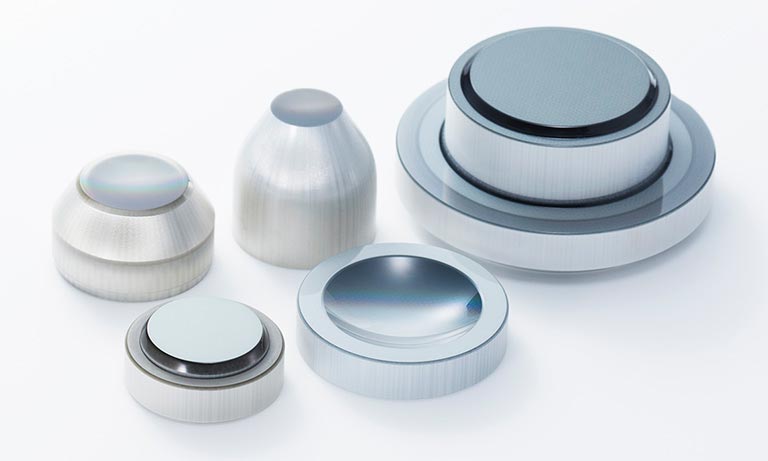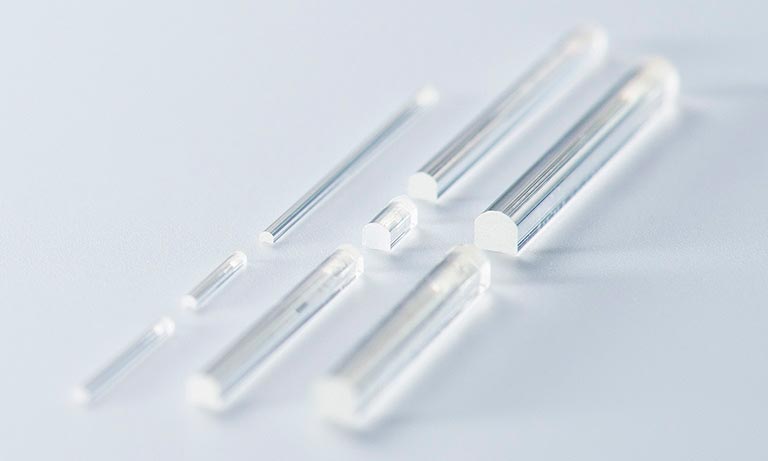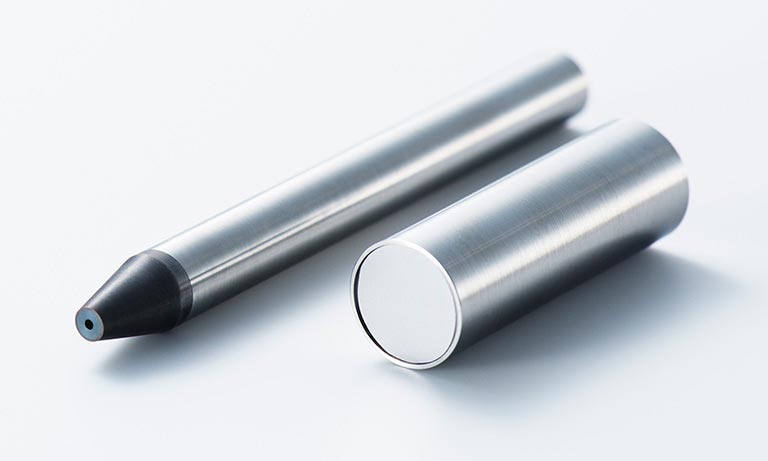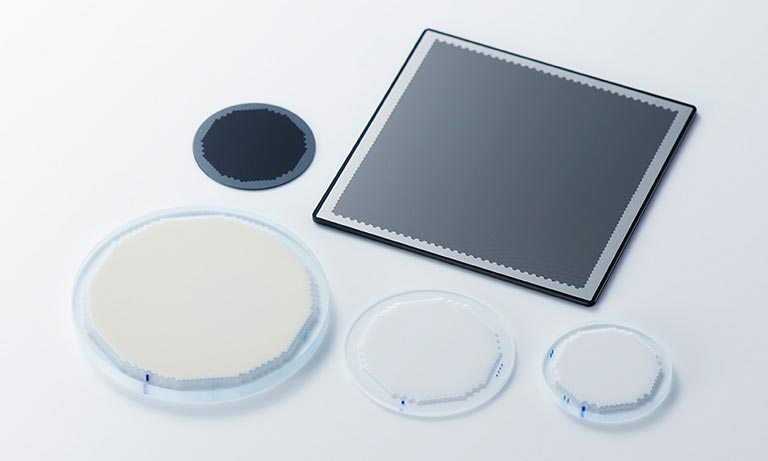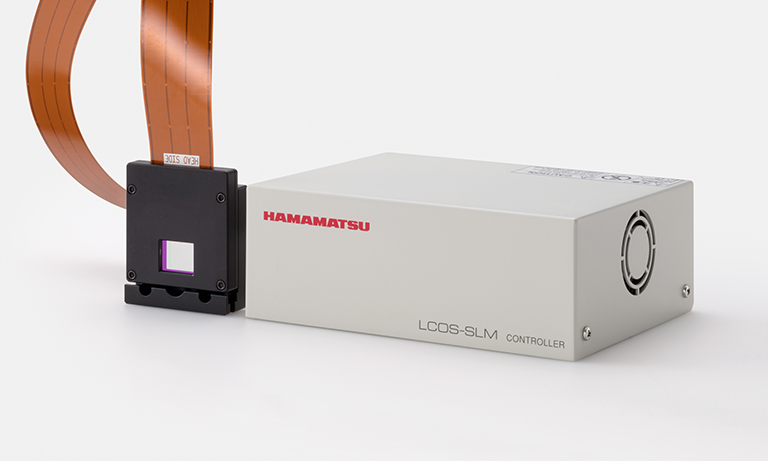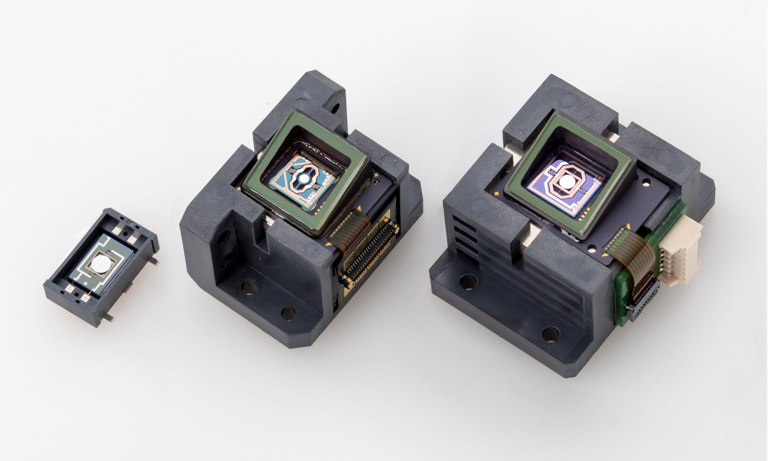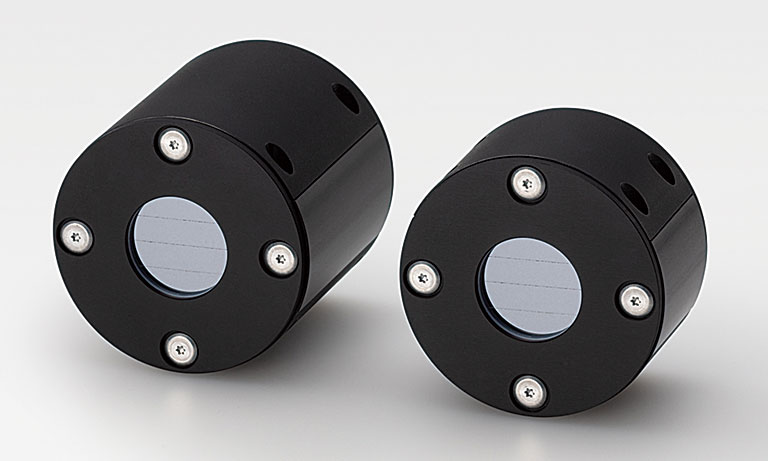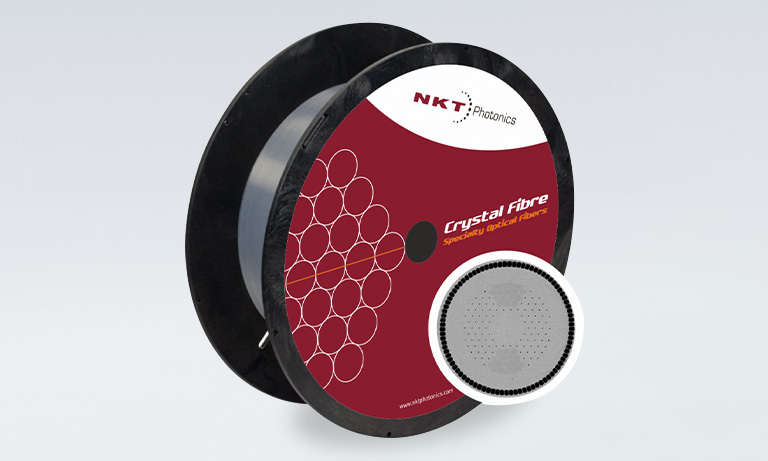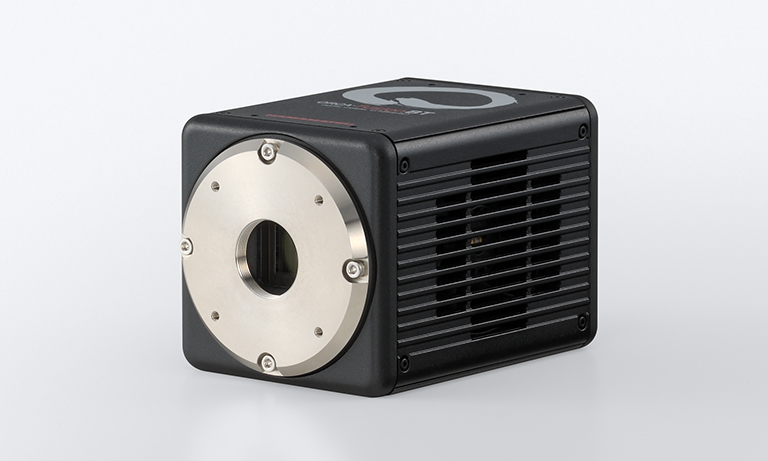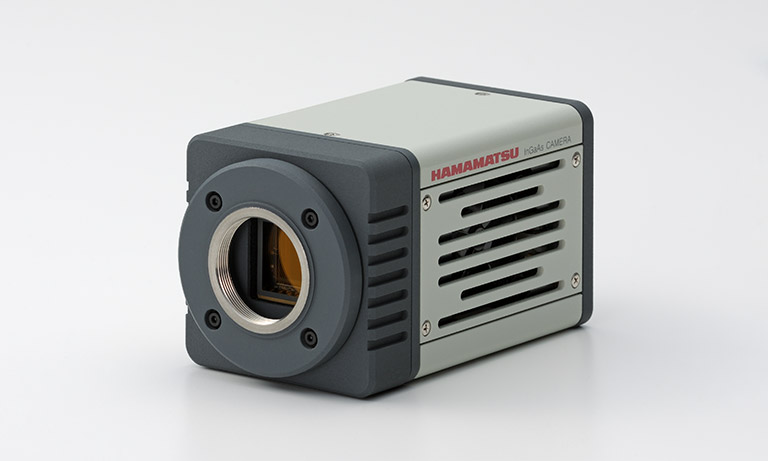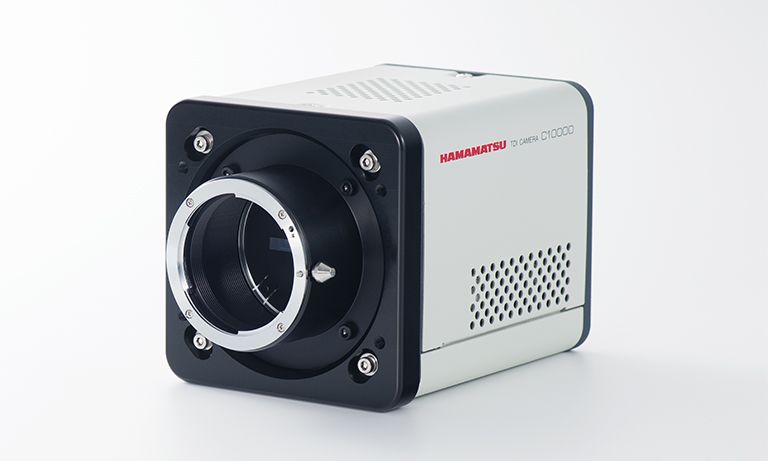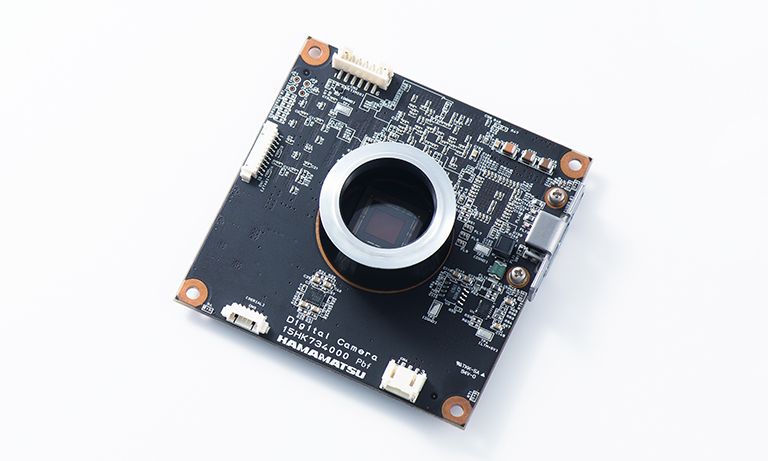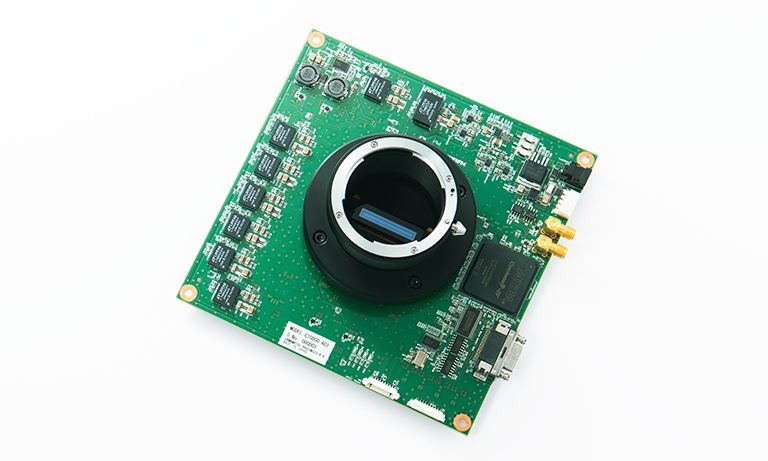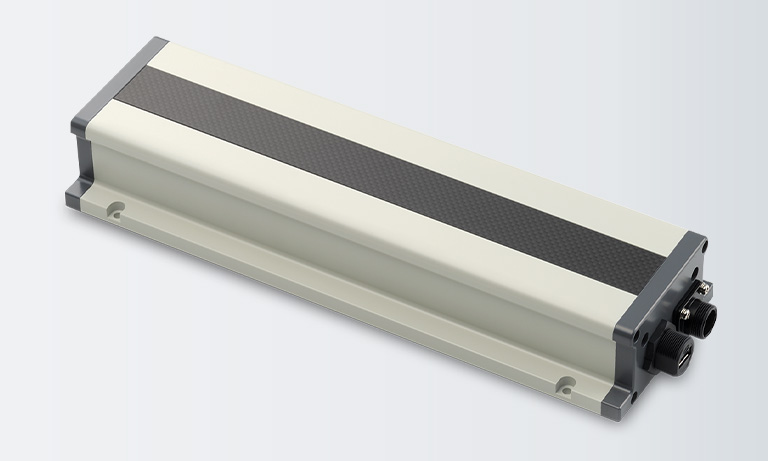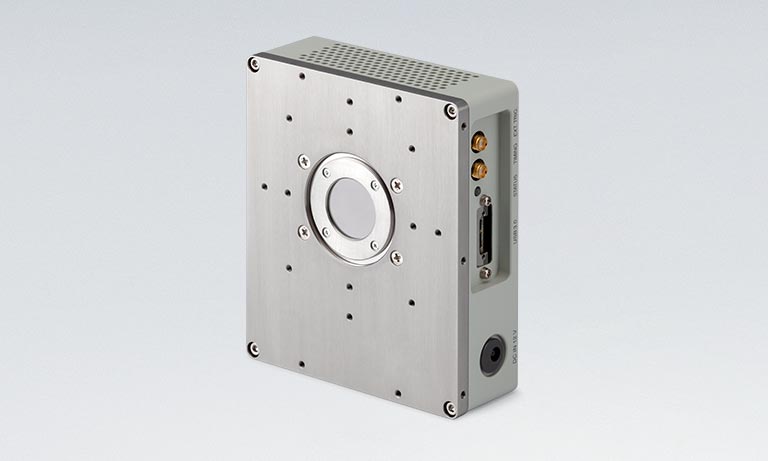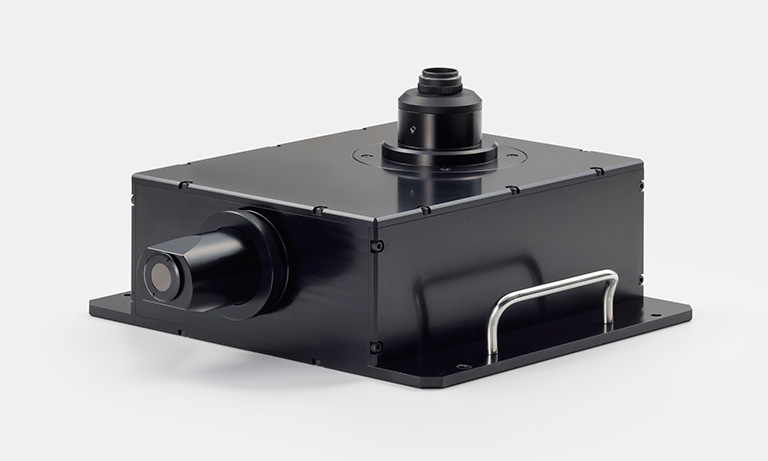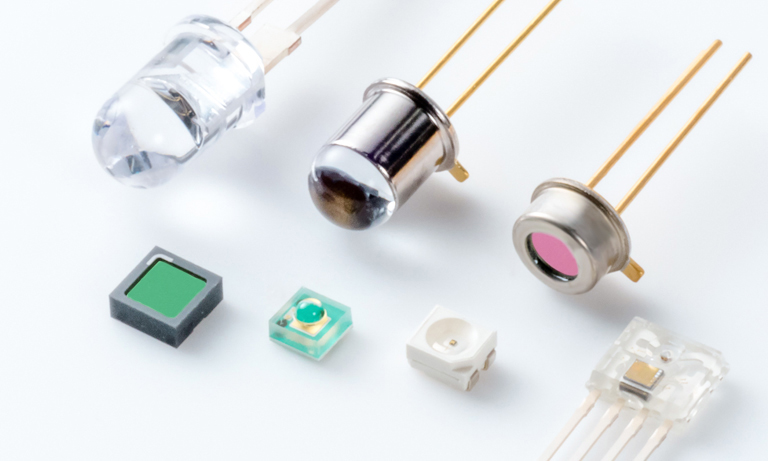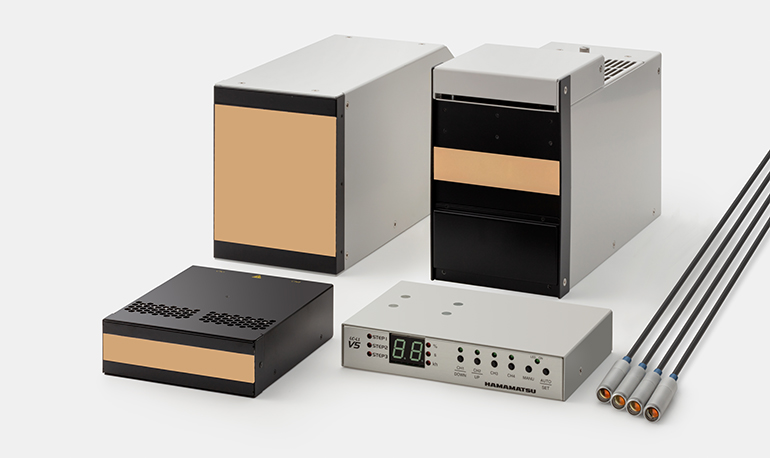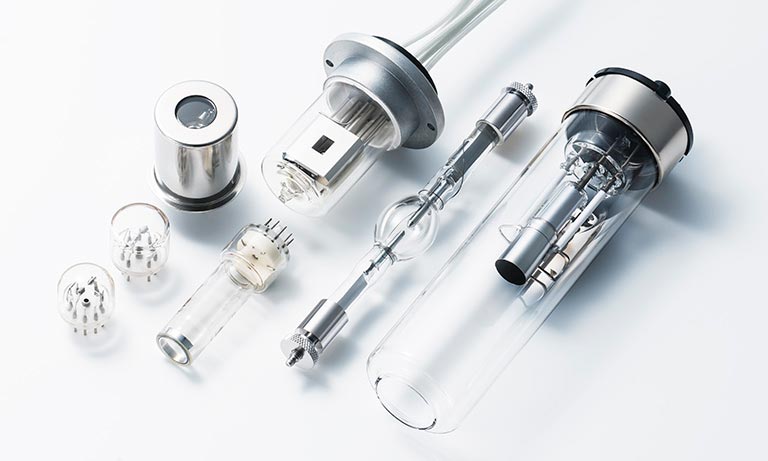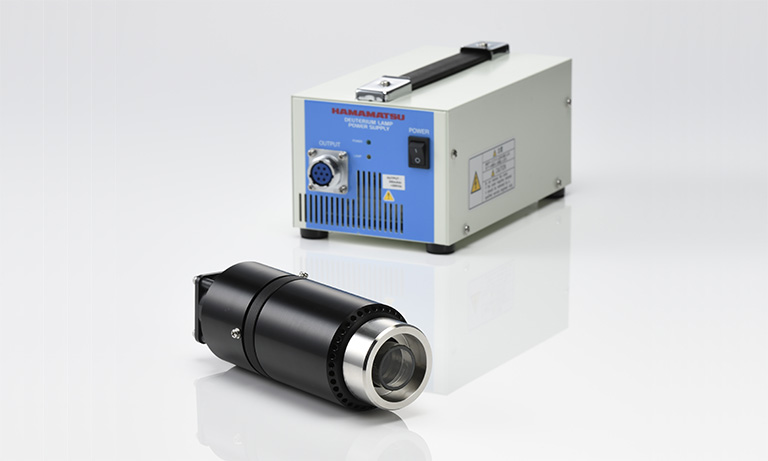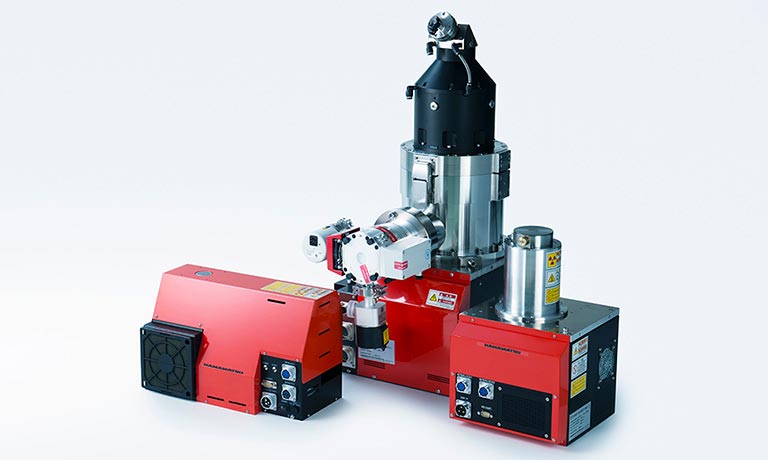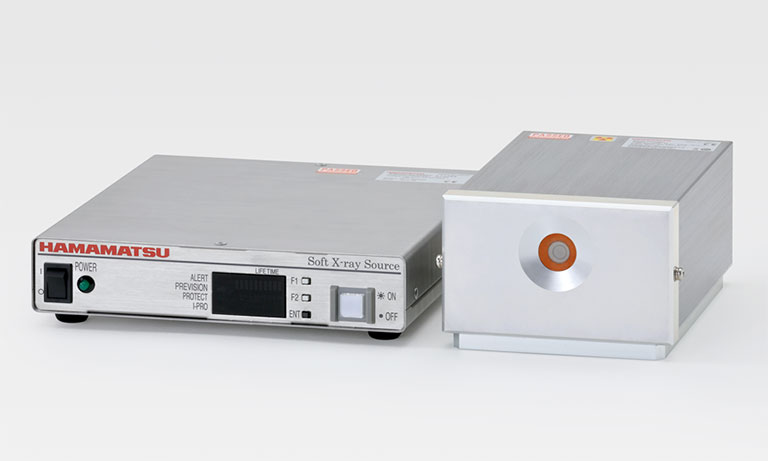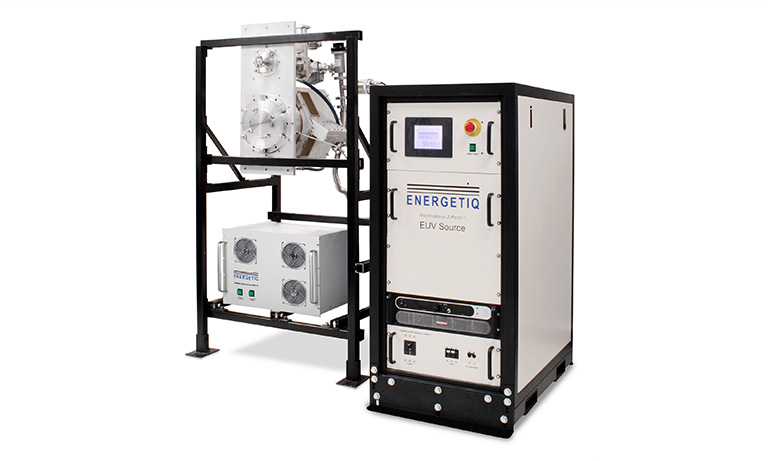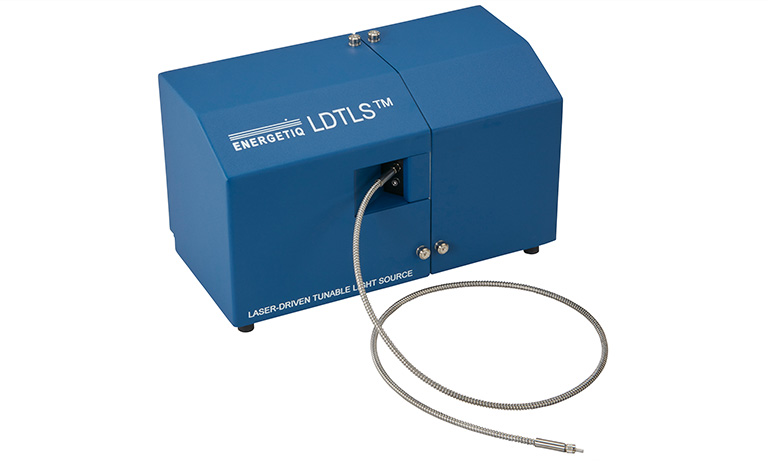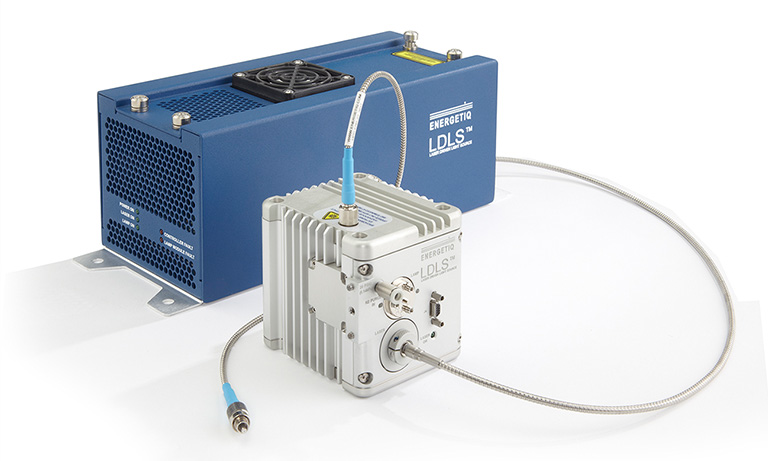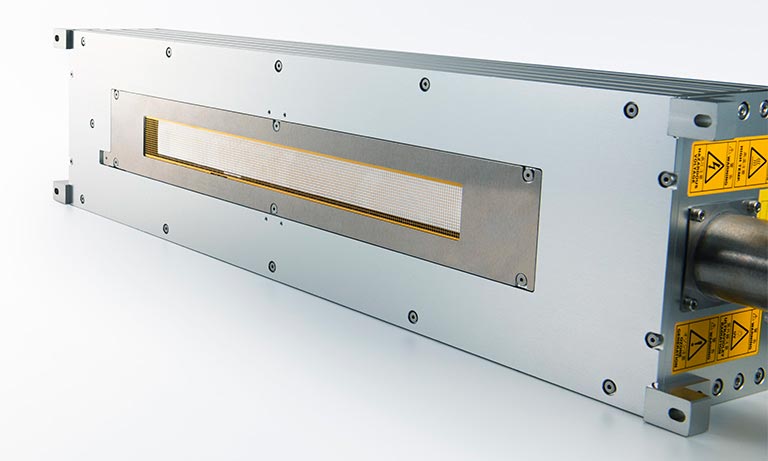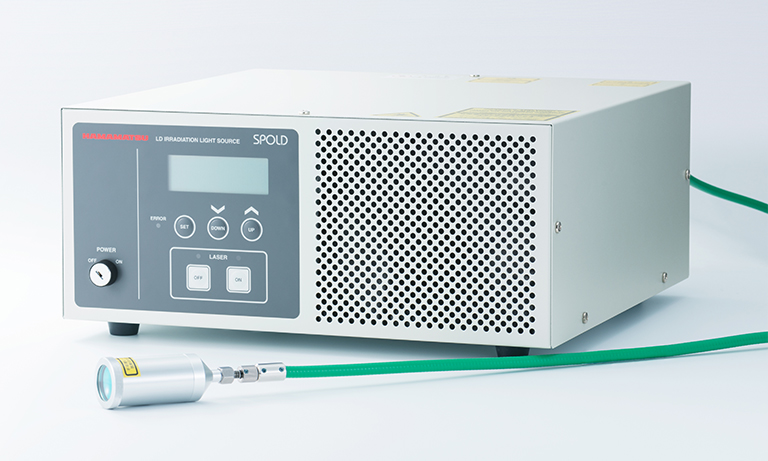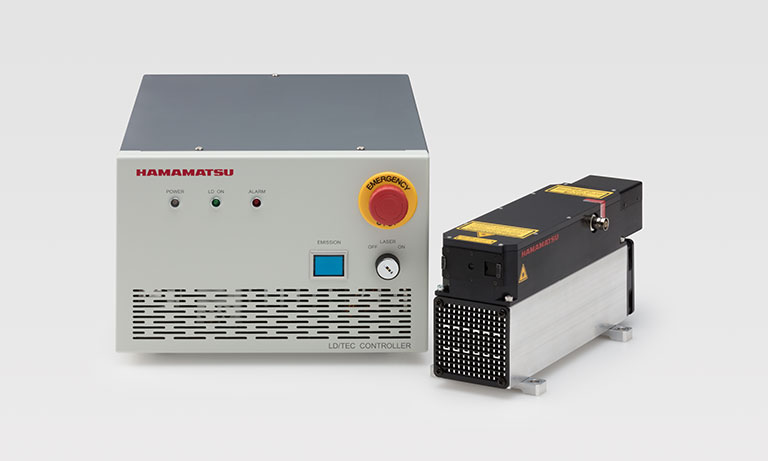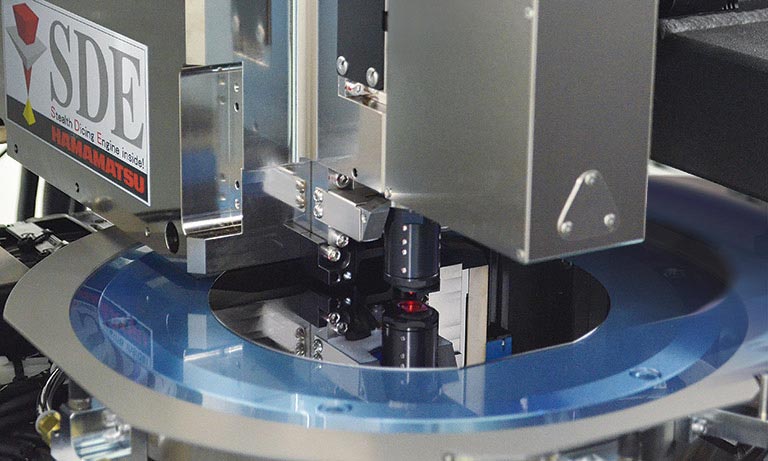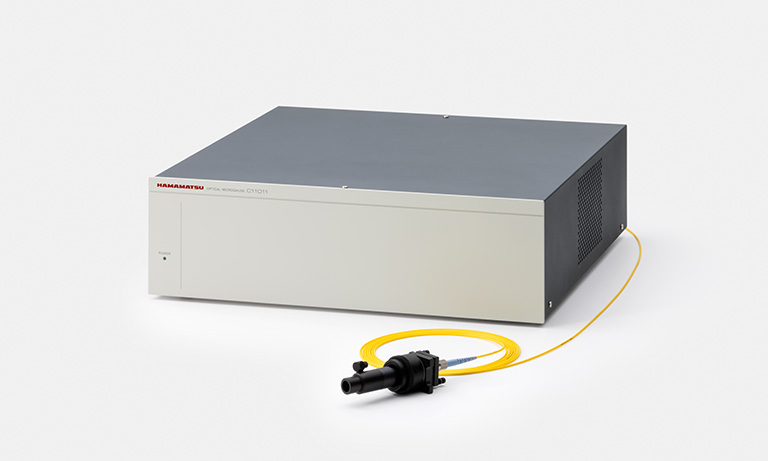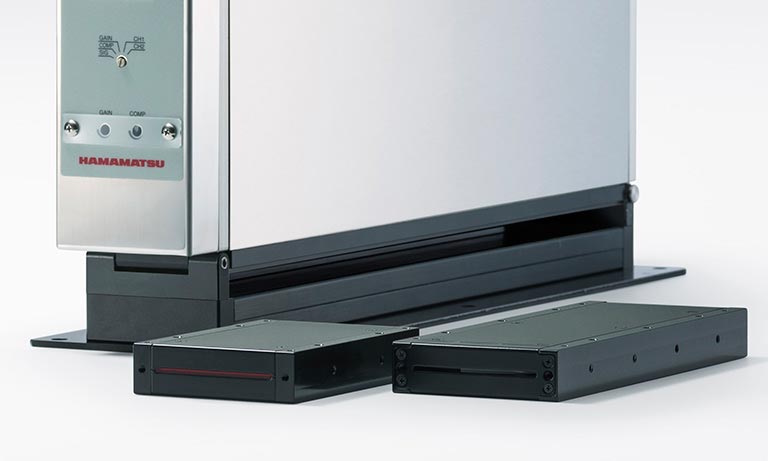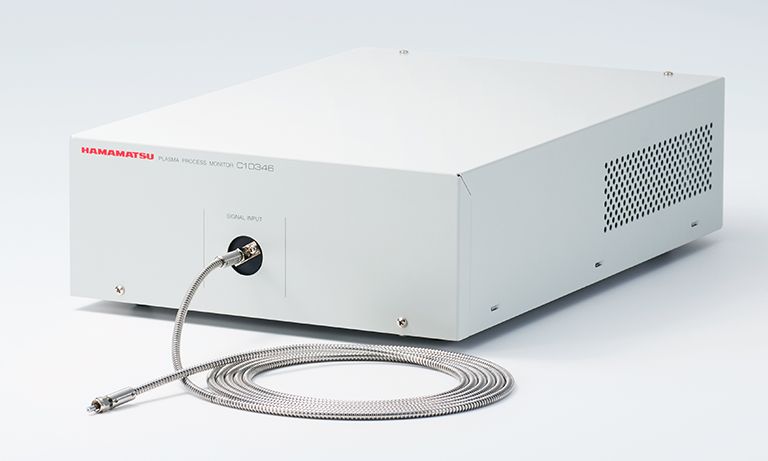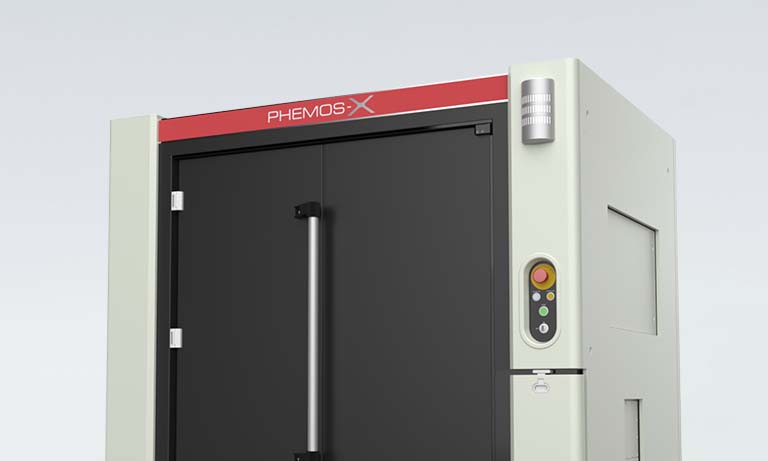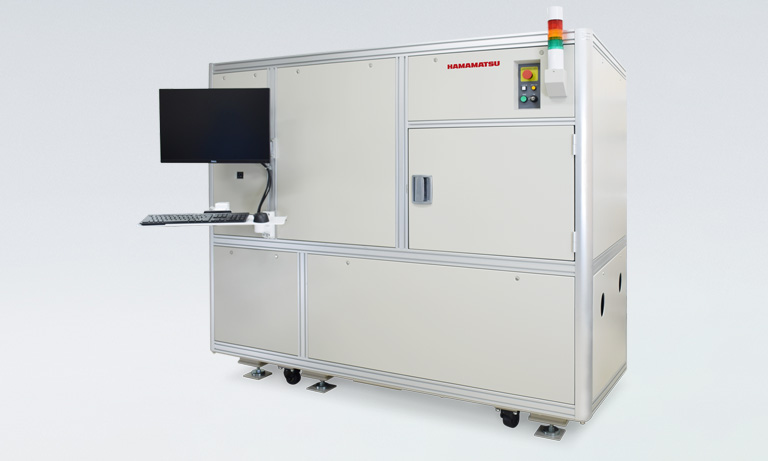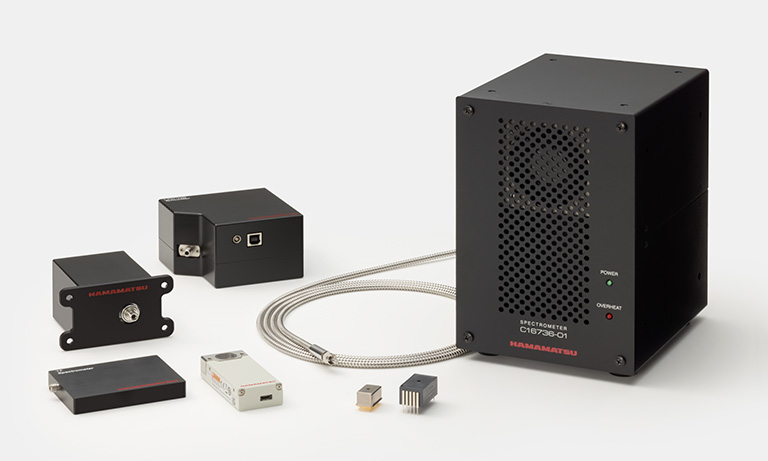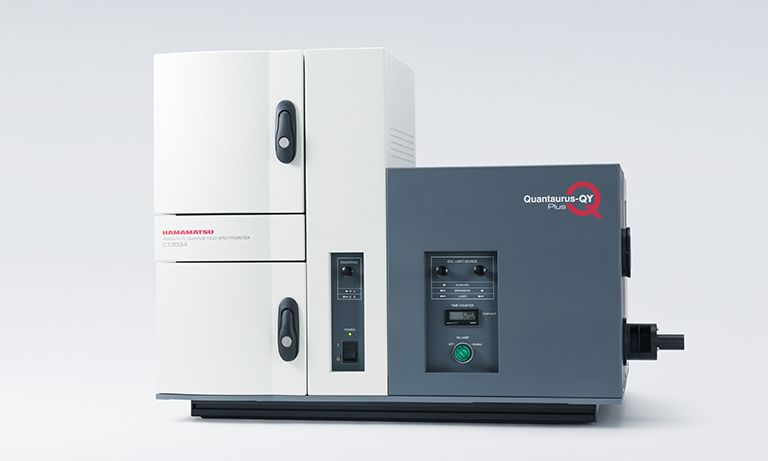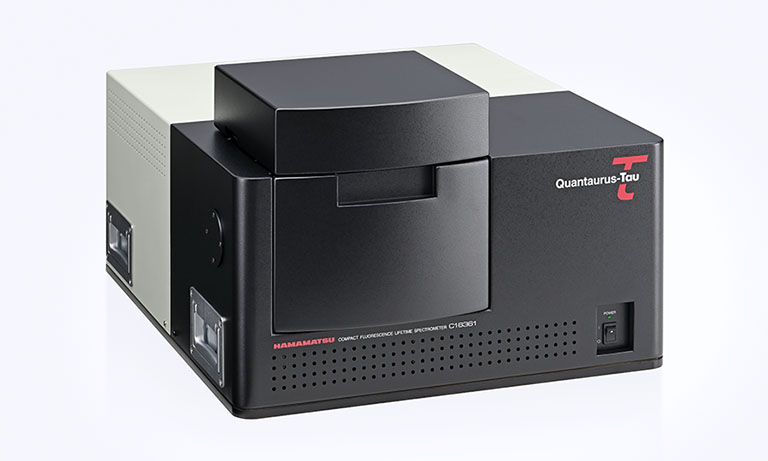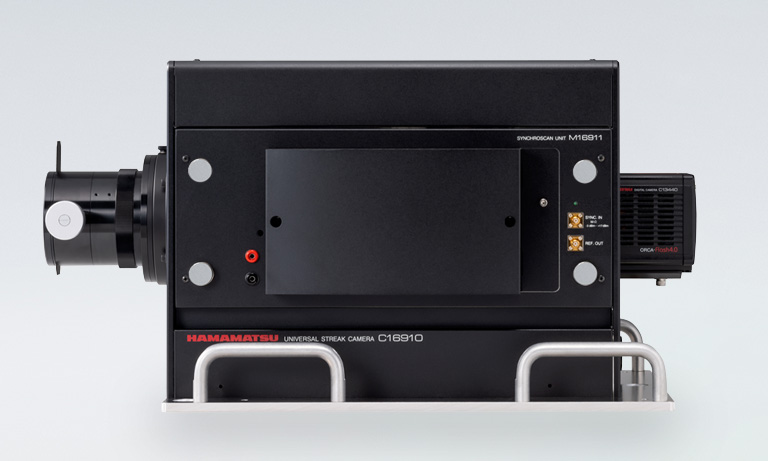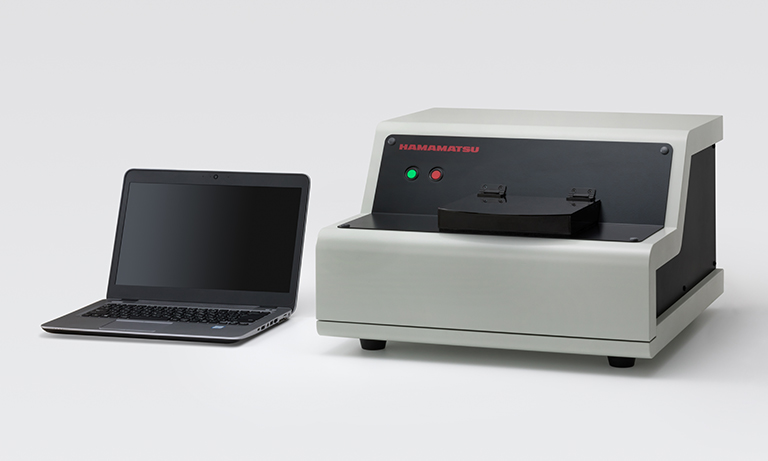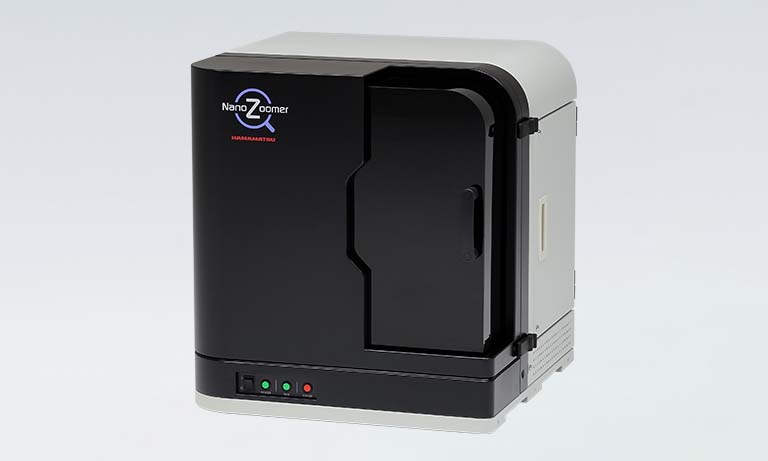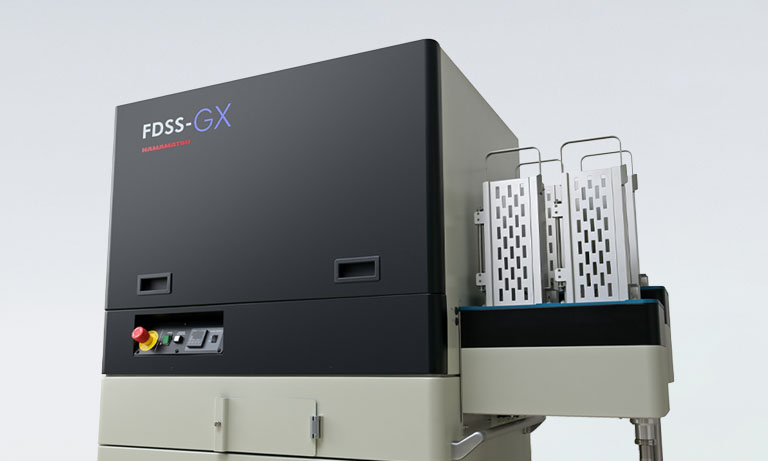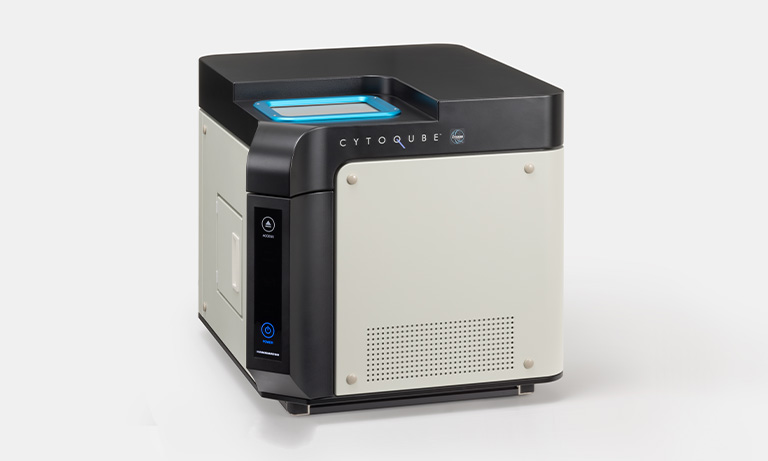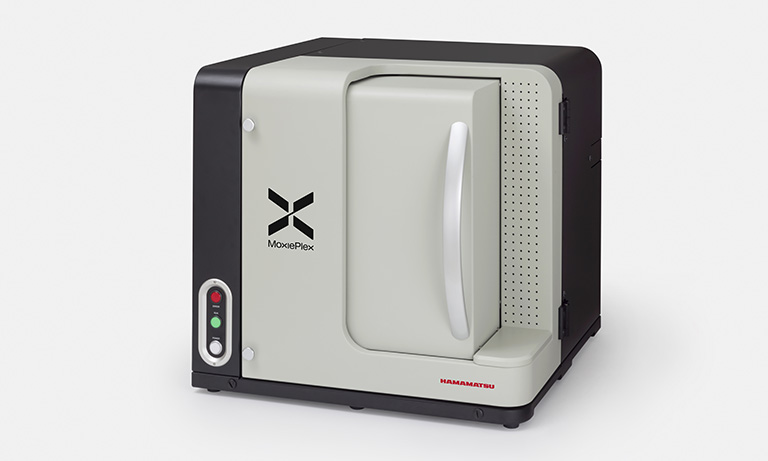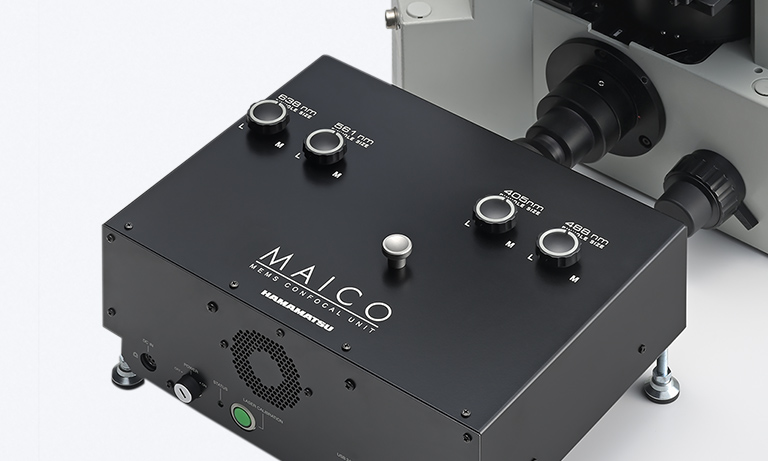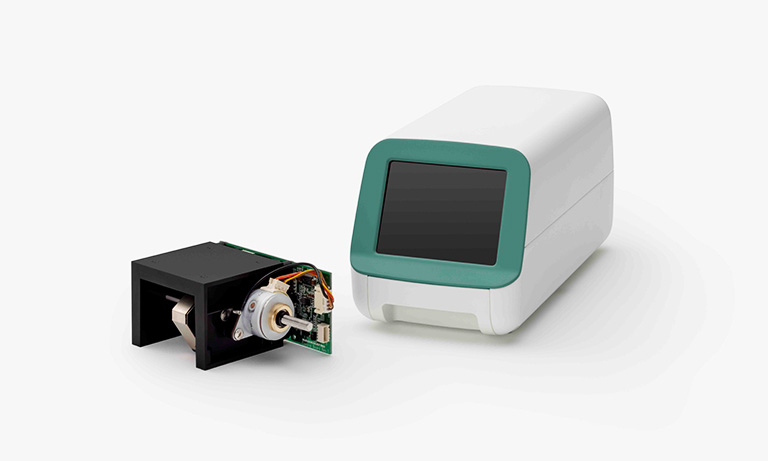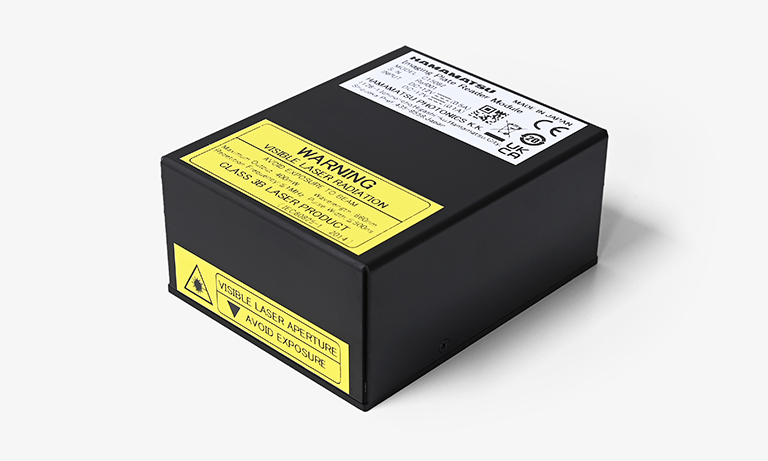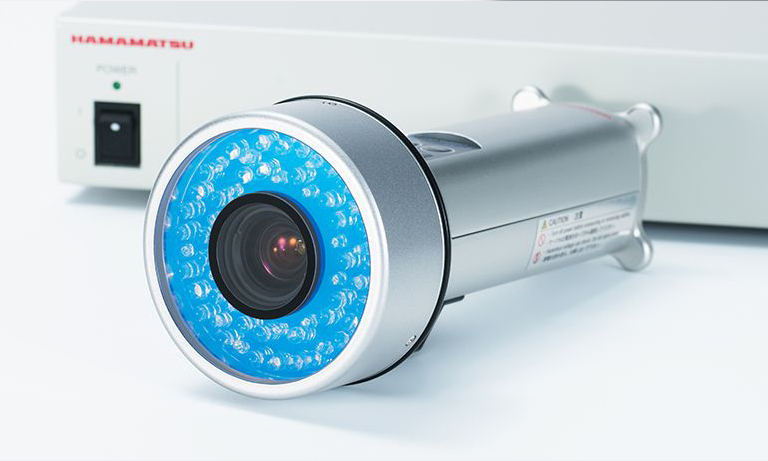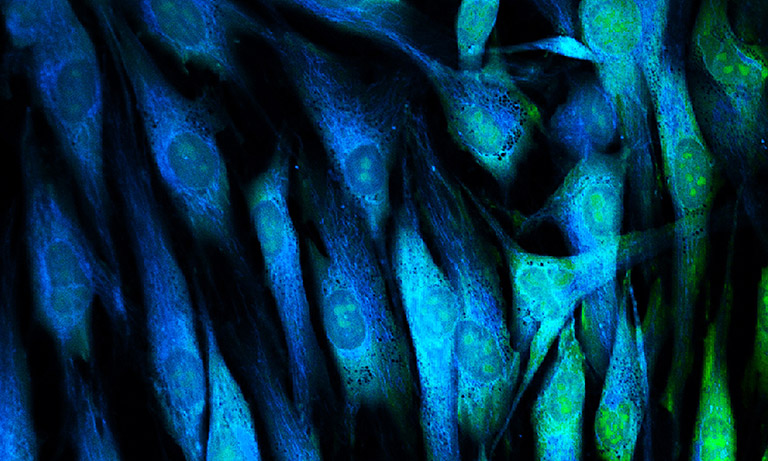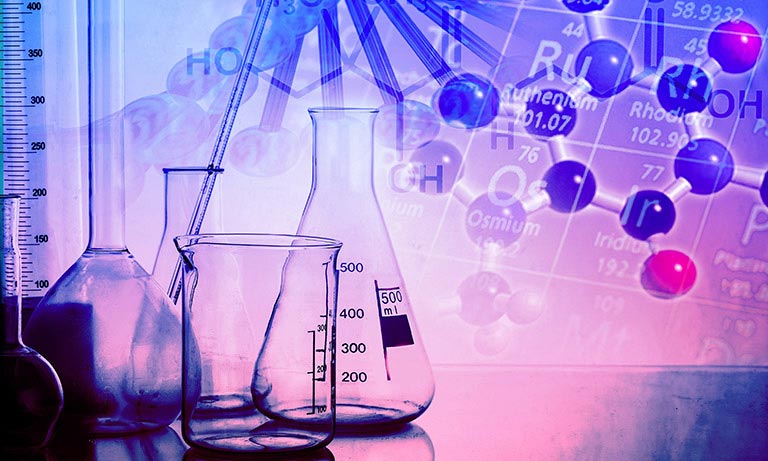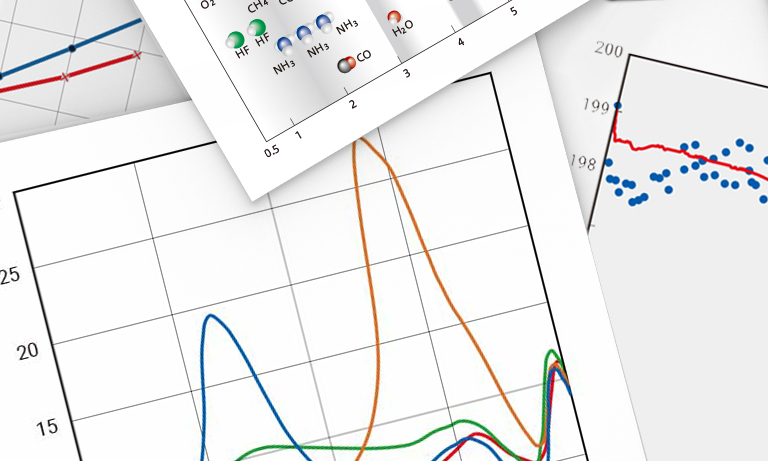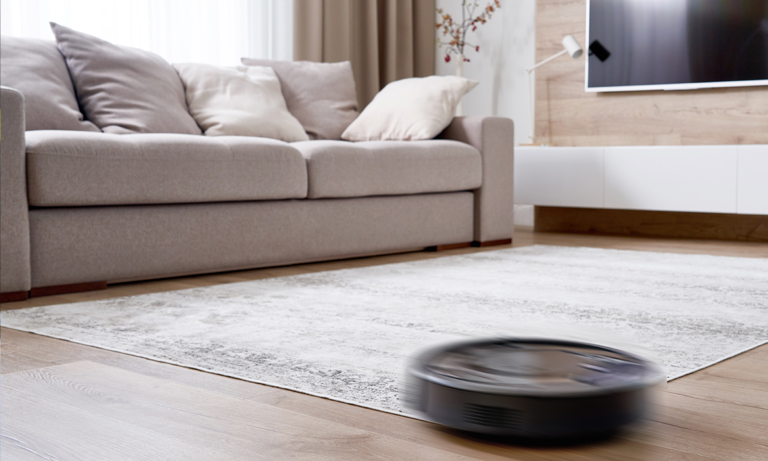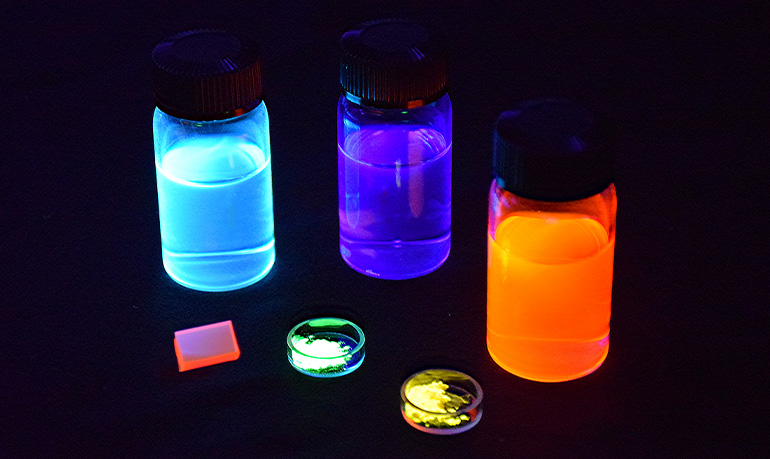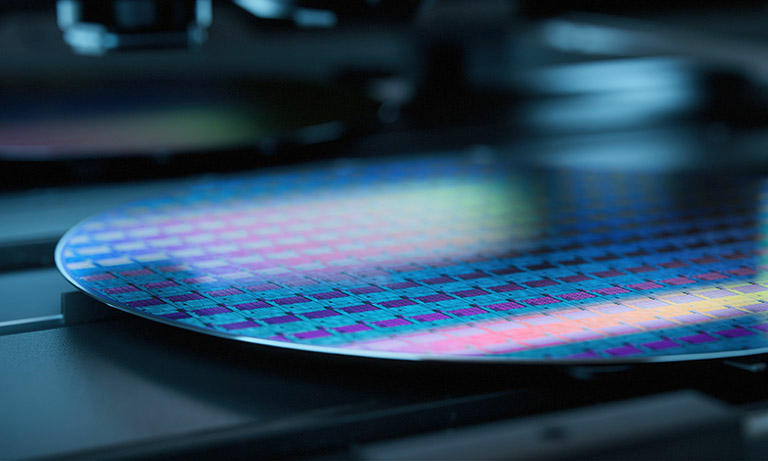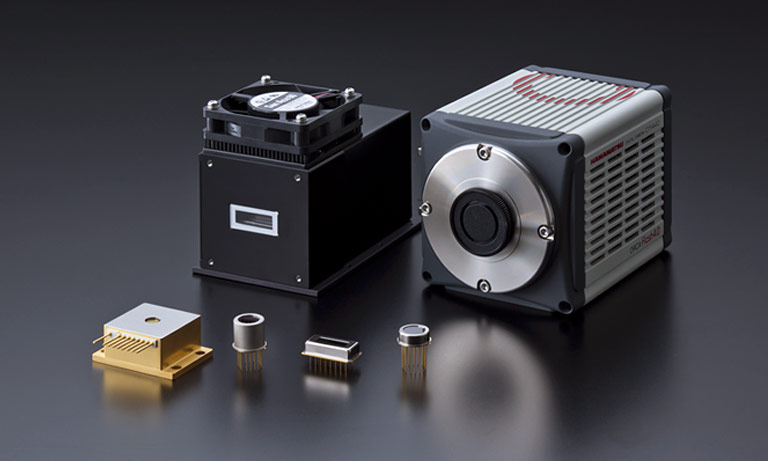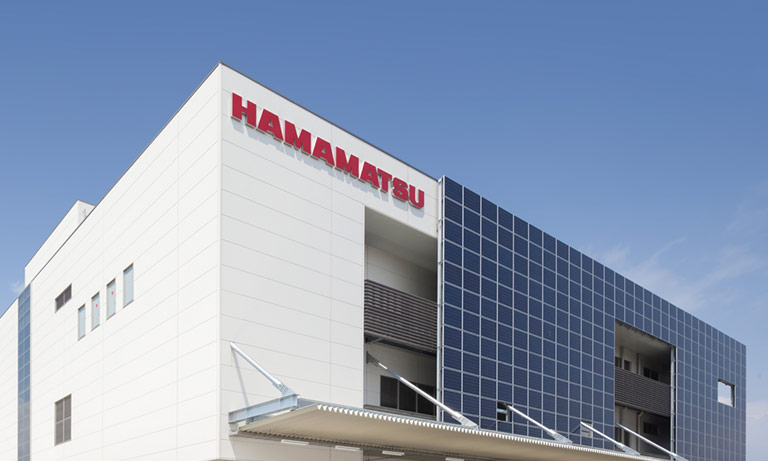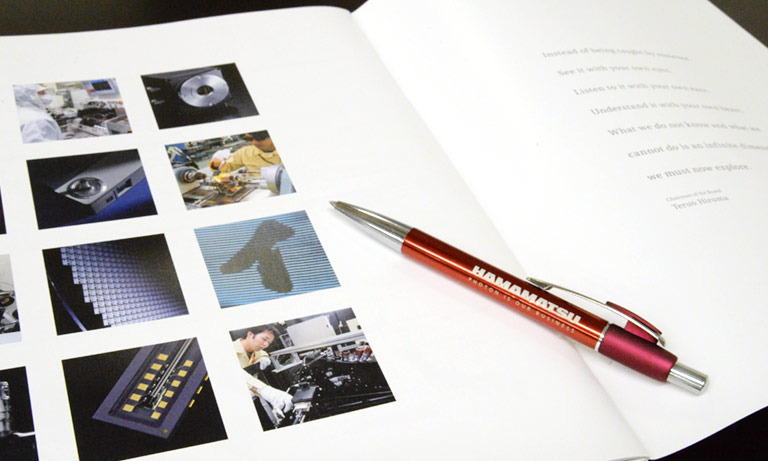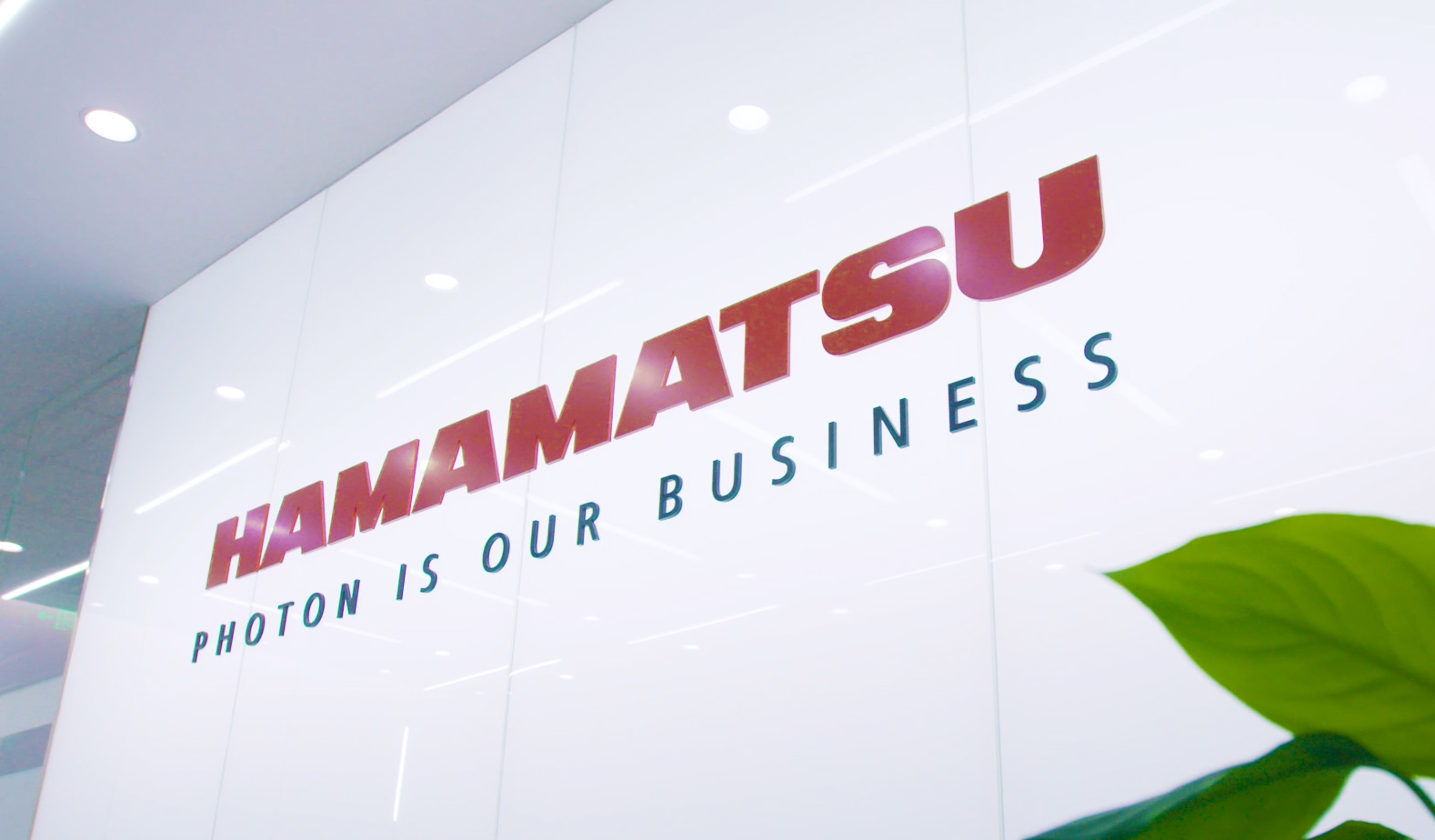Select your region or country.
绝对光致发光 (PL) 量子产率测量方法的确立与有机光电研究
2025年8月20日发布
The Center for Organic Photonics and Electronics Research (OPERA), Kyushu University致力于下一代有机半导体器件的研发,包括有机发光二极管 (OLED) 器件。2012 年,他们率先成功研制出第三代有机电致发光 (EL) 发光材料热活化延迟荧光 (TADF) 分子,堪称有机光电研究领域的领头羊。评估有机光电材料和器件需要用到各种测量方法,包括 PL 量子产率测量与瞬态发光特性测量。为进行此类评估,他们使用了我们的 Quantaurus 系列与条纹相机。
我们采访了Prof. Chihaya Adachi, Director of the Center与Assoc. Prof. Hajime Nakanotani主题为绝对光致发光量子产率测量方法的确立、我们的 Quantaurus 系列对其研究的影响以及其对未来研究的展望。
关于研究
您能介绍一下您的研究内容及研究背景吗?
Prof. Adachi:我们这个研究中心研究的是 OLED 等有机光电技术,研发新半导体材料、基于新半导体材料的新器件结构、新型器件。2012 年,我们团队率先成功研制出第三代有机电致发光材料 TADF 分子。2015 年,我们成立了一家初创公司 (Kyulux),致力于研发基于该技术的发光器件。2019 年创建了 KOALA Tech, Inc.,致力于实现有机半导体激光器二极管的商业化,而我们这个研究中心正是该领域的全球领头羊。目前,我们担任以上公司的技术顾问,负责推进此类材料与设备的商业化及量产。
我大概是从 1987 年读研究生的时候开始持续研究 OLED 的。当时,全球 OLED 研究员寥寥无几。但我相信,挑战一个别人没有做过的课题很有价值。研究生毕业后,我加入了一家制造商,并继续我的研究。一个重大的转折点是在Princeton University的 Stephen R. Forrest 博士的实验室进行了一项磷光研究,后来我就转到了这所大学。在Princeton University,我开始使用第二代磷光材料开发 OLED,到 2000 年左右,我就可以将转换效率提升到近 100%。
之后,我回到日本,在Chitose University of Science and Technology继续从事相关研究。在Chitose University of Science and Technology,我决定研制一种可匹敌磷光材料的新材料,继而成功研发了 TADF 材料。这种材料的优点在于无需使用稀有金属,因此能以低于第二代磷光材料设备的成本制造 OLED 器件。目前,我们正致力于推动基于此 TADF 材料器件的实际应用,并开展除 OLED 之外的其他材料和器件的研发,例如钙钛矿太阳能电池和有机激光二极管。

Professor Chihaya Adachi

Associate Professor Hajime Nakanotani
固体 PL 量子产率测量方法的确立背景
评估 OLED 等发光材料的一种方法是测量 PL 量子产率。但据我了解,这种测量方法当时尚未确立。您能解释一下当前 PL 量子产率测量方法的确立过程吗?
Prof. Adachi:当时,文献中报道了多种固体材料 PL 量子产率的测量方法。但在不同的参考文献中,即便是针对同一样品,其 PL 量子产率值也存在显著差异,且并无既定标准测量方法。惟一确立的方法是“相对法”,其涉及在相同条件下测量 PL 量子产率已知的标准溶液以及量子产率未知的样品溶液,再比较所得测量值,进而确定样品溶液的相对 PL 量子产率。但该方法仅限于测量溶液,不可用于评估 OLED 等固体材料。
在此背景下,JST CREST 项目的Dr. Yuichiro Kawamura, a researcher牵头,与我们实验室携手研发一种测量系统,该系统将文献所报道的积分球法与滨松光子学株式会社光谱仪 (PMA-10) 相结合。随后,我们与滨松光子学株式会社合作开发了绝对 PL 量子产率测量系统。为验证该系统,我们与滨松光子学株式会社和Gunma University的 Tobita 实验室(现为 Yoshihara 实验室)携手合作,共同测量了荧光标准溶液的 PL 量子产率。这有助于验证通过该方法获得的测量结果的可靠性。最终,我们成功确立了“利用积分球的绝对光致发光量子产率法”,从而实现了固体材料的测量。

绝对 PL 量子产率测量方法确立后对研究的影响
绝对光致发光量子产率测量方法的确立对研究有何影响? 此外,我们的 Quantaurus-QY® 对研究有何益处?
Prof. Adachi:确立 PL 量子产率测量方法的最显著影响是现在我们可以测量出正确的发光量子产率值。结合 PL 量子产率值和荧光寿命测量值,我们可以计算出正确的材料发光特性值(发射率常数:kr)。因此,现在我们可以对材料进行更详细的表征,且表征的可靠性也得到了相应的提高。

Quantaurus-QY 的应用图像
Assoc. Prof. Nakanotani:从推进科研进展的角度来看,三大显著影响为:1) 缩短了测量时间,2) 实现了工作流程的标准化,3) 降低了测量与计算错误。
就测量时间而言,该程序比相对法更简单,测量时间更短。
该程序非常简单,只需将样品置于积分球内,任何人都能完成测量,不再局限于专业工程师。此外,在研发该方法的早期阶段,我们根据光谱仪获得的光谱手动计算 PL 量子产率值。而滨松光子学株式会社研发的自动计算 PL 量子产率的专用软件降低了计算错误的风险。
Prof. Adachi:从推进科研进展的角度来看,易于测量是一件非常好的事情。但从教育学生和研究员的角度来看,也存在一些担忧。 鉴于任何人只需按下设备上的按钮即可进行测量,学生和研究员若在不理解测量机理等的情况下开展研究,将产生不利影响。因此,我们应确保学生和研究员在使用设备前掌握这些基础知识。
滨松光子学株式会社荧光寿命测量产品
有机光子学和电子研究中心 (OPERA) 还使用 Quantaurus-Tau® 紧凑型荧光寿命测量系统和条纹相机来测量材料的荧光寿命和瞬态吸收。

Quantaurus-Tau 的应用图像

条纹相机的应用图像
测量示例
高光效热活化延迟荧光材料的量子产率测量
热活化延迟荧光 (TADF) 材料是众所周知的第三代 OLED 材料。TADF 是由最低三线态反向系间窜跃 (RISC) 至单线态时产生的荧光,最低激发态之间的小能隙 (ΔEST) 促进了 RISC 过程。通过精准的分子设计成功研发出一种新型 TADF 材料 (4CzIPN)。该材料的 ΔEST 较小,且显示出 0.94 +/- 0.02 的高 PL 量子产率。

Data courtesy of Prof. Chihaya Adachi, Hajime Nakanotani, Center for Organic Photonics and Electronics Research (OPERA), Kyushu University.
近红外有机发光二极管氘化主客体系统中的高效近红外荧光
近红外荧光染料的 PL 量子产率(左)与荧光寿命测量(右)。
氘代将 NIR 荧光基团的 PLQY 从 7% 提升至 15%。

Data courtesy of Prof. Chihaya Adachi, Hajime Nakanotani, Center for Organic Photonics and Electronics Research (OPERA), Kyushu University.
研究前景
能否谈谈您的研究展望?
Prof. Adachi:目前,我们不仅专注于 OLED 相关研发工作,还致力于钙钛矿型有机太阳能电池与有机电荷传输 (CT) 复合物器件的研发工作。多年来,我们始终在探索有机半导体器件的潜力;近期,我们成功研发出一种新型有机热电转换器件,其可在日常环境中将室温下约几十 meV 的少量热能转化为电能。
近年来,全球都在寻求有效利用可再生能源及未利用能源的途径。尽管利用废热的热电转换器件已实现部分商业化,但仍面临重重问题,应用相当有限。该器件可将室温下的少量热能转化为电能,有望解决能源问题。我们认为,我们现在能够向社会提供这种新能源转换工具,这是我们研究领域的一项重大成就。展望未来,我们的目标是提升设备性能与稳定性,并为其实际应用奠定坚实基础。
Assoc. Prof. Nakanotani:近期,我对发射近红外光的材料与设备产生了兴趣。目前,OLED 主要用于显示器领域,但我想开发可用于传感用途的近红外光源设备。如果能将 OLED 应用于近红外光传感器与光源,必将开辟全新商业机遇。

关于 Kyulux, Inc.
Kyulux, Inc. 是衍生自Kyushu University的一家初创公司,创建于 2015 年。该公司正积极推动 "Hyperfluorescence™" OLED 技术的商业化进程,旨在拓展其在 OLED 显示器与照明领域的应用。Center for Organic Photonics and Electronics Research (OPERA), Kyushu University 开发的 Hyperfluorescence™ 技术,作为不使用稀有金属即可实现高效率、高色纯度的先进 OLED 技术,备受显示器行业瞩目。
此外,为加速 TADF 的研发过程,将Harvard University于 2016 年推出的融合了先进人工智能 (AI) 和特色功能的材料信息学 (MI) 系统 Kyumatic™ 应用于材料开发,从而大幅提升研发速度。Kyumatic™ 不仅可以预测材料特性,还可预测薄膜和器件的性能,我们正聚焦于材料开发与大规模生产的技术开发,更致力于推动有机光电材料的未来发展。
Prof. Adachi:The Center for Organic Photonics and Electronics Research (OPERA), Kyushu University积极参与支持 Kyulux 的研发工作,正致力于 CT 分子系统激发态高速光谱与理论分析以及器件劣化机理的阐明,以深化科学原理认知并提出高性能分子材料。我们坚信这项基础研究将提升实际器件的性能。
关于 KOALA Tech Inc.
KOALA Tech Inc. 是衍生自Kyushu University的一家初创公司,创建于 2019 年。该公司旨在将Center for Organic Photonics and Electronics Research (OPERA), Kyushu University率先研发的有机半导体激光器二极管 (OSLD) 激光技术推向商业化应用。OSLD 集有机电子器件的“灵活性、低环境影响、低成本和高波长选择性”与激光器的“高色纯度和高光直线性”于一体。
我们一直致力于推进 OSLD 作为激光器光源的实际应用,该光源高度适配有机电子器件平台(包括近年来备受瞩目的高清柔性显示器 OLED 等),旨在为有机半导体器件领域的客户提供创新解决方案,并通过有机 x 激光混合技术,助力构建人技共进的智慧社会。
Prof. Adachi:Center for Organic Photonics and Electronics Research (OPERA), Kyushu University通过与 KOALA Tech 的合作研究,提供前沿学术知识与出众研发基础设施。我们预期,随着有机半导体激光器研发的持续突破与商业化推进,有机电子学在学术界与产业界的疆域将得到显著拓展。

Researcher profiles

Chihaya Adachi
Department of Applied Chemistry, Kyushu University: Professor
Center for Organic Photonics and Electronics Research (OPERA): Director
Mar. 1991
Ph.D., Department of Materials Development Engineering, Graduate School of Engineering Sciences, Kyushu University
Apr. 1991
Researcher, Ricoh Co., Ltd. Chemical Products Technology Research Institute
Aug. 1996
Assistant, Department of Functional Polymer Science, Faculty of Textile Science and Technology, Shinshu University
May. 1999
Researcher, Center for Photonics and Optoelectronic Materials (POEM), Princeton University
Mar. 2001
Assistant Professor, Department of Materials and Photonic Science, School of Photonics Science, Chitose Institute of Science and Technology
Apr. 2004
Professor, Department of Materials and Photonic Science, School of Photonics Science, Chitose Institute of Science and Technology
Oct. 2005
Professor, Center for Future Chemistry, Kyushu University
Apr. 2010
Current post

Hajime Nakanotani
Department of Applied Chemistry, Kyushu University: Associate Professor
Center for Organic Photonics and Electronics Research (OPERA): Vice Director
Mar. 2010
Department of Materials Creation Engineering, Graduate School of Engineering, Kyushu University, Ph.D.
Apr. 2010
Researcher, Ricoh Co., Ltd. Research and Development Headquarters
Apr. 2012
Researcher, Organic Photonics Device Laboratory, Kyushu Institute of Advanced Science and Technology, Public Interest Incorporated Foundation
Visiting Assistant Professor, Center for Futere Chemistry
Apr. 2014
Assistant Professor, Center for Organic Photonics and Electronics Research (OPERA)
Jan. 2015
Department of Applied Chemistry, Kyushu University: Associate Professor
Apr. 2019
Center for Organic Photonics and Electronics Research (OPERA): Vice Director
* 本页显示的内容基于2024年11月进行的采访。
相关产品
采用光致发光方法,用于发光材料的紧凑型单盒绝对量子产率光谱仪。不仅可以分析薄材料,还可以分析液体溶液和粉末。它可在短时间内快速测量绝对 PL 量子产率、激发波长依赖性和 PL。
- Confirmation
-
It looks like you're in the . If this is not your location, please select the correct region or country below.
You're headed to Hamamatsu Photonics website for (Chinese). If you want to view an other country's site, the optimized information will be provided by selecting options below.
In order to use this website comfortably, we use cookies. For cookie details please see our cookie policy.
- Cookie Policy
-
This website or its third-party tools use cookies, which are necessary to its functioning and required to achieve the purposes illustrated in this cookie policy. By closing the cookie warning banner, scrolling the page, clicking a link or continuing to browse otherwise, you agree to the use of cookies.
Hamamatsu uses cookies in order to enhance your experience on our website and ensure that our website functions.
You can visit this page at any time to learn more about cookies, get the most up to date information on how we use cookies and manage your cookie settings. We will not use cookies for any purpose other than the ones stated, but please note that we reserve the right to update our cookies.
1. What are cookies?
For modern websites to work according to visitor’s expectations, they need to collect certain basic information about visitors. To do this, a site will create small text files which are placed on visitor’s devices (computer or mobile) - these files are known as cookies when you access a website. Cookies are used in order to make websites function and work efficiently. Cookies are uniquely assigned to each visitor and can only be read by a web server in the domain that issued the cookie to the visitor. Cookies cannot be used to run programs or deliver viruses to a visitor’s device.
Cookies do various jobs which make the visitor’s experience of the internet much smoother and more interactive. For instance, cookies are used to remember the visitor’s preferences on sites they visit often, to remember language preference and to help navigate between pages more efficiently. Much, though not all, of the data collected is anonymous, though some of it is designed to detect browsing patterns and approximate geographical location to improve the visitor experience.
Certain type of cookies may require the data subject’s consent before storing them on the computer.
2. What are the different types of cookies?
This website uses two types of cookies:
- First party cookies. For our website, the first party cookies are controlled and maintained by Hamamatsu. No other parties have access to these cookies.
- Third party cookies. These cookies are implemented by organizations outside Hamamatsu. We do not have access to the data in these cookies, but we use these cookies to improve the overall website experience.
3. How do we use cookies?
This website uses cookies for following purposes:
- Certain cookies are necessary for our website to function. These are strictly necessary cookies and are required to enable website access, support navigation or provide relevant content. These cookies direct you to the correct region or country, and support security and ecommerce. Strictly necessary cookies also enforce your privacy preferences. Without these strictly necessary cookies, much of our website will not function.
- Analytics cookies are used to track website usage. This data enables us to improve our website usability, performance and website administration. In our analytics cookies, we do not store any personal identifying information.
- Functionality cookies. These are used to recognize you when you return to our website. This enables us to personalize our content for you, greet you by name and remember your preferences (for example, your choice of language or region).
- These cookies record your visit to our website, the pages you have visited and the links you have followed. We will use this information to make our website and the advertising displayed on it more relevant to your interests. We may also share this information with third parties for this purpose.
Cookies help us help you. Through the use of cookies, we learn what is important to our visitors and we develop and enhance website content and functionality to support your experience. Much of our website can be accessed if cookies are disabled, however certain website functions may not work. And, we believe your current and future visits will be enhanced if cookies are enabled.
4. Which cookies do we use?
There are two ways to manage cookie preferences.
- You can set your cookie preferences on your device or in your browser.
- You can set your cookie preferences at the website level.
If you don’t want to receive cookies, you can modify your browser so that it notifies you when cookies are sent to it or you can refuse cookies altogether. You can also delete cookies that have already been set.
If you wish to restrict or block web browser cookies which are set on your device then you can do this through your browser settings; the Help function within your browser should tell you how. Alternatively, you may wish to visit www.aboutcookies.org, which contains comprehensive information on how to do this on a wide variety of desktop browsers.
5. What are Internet tags and how do we use them with cookies?
Occasionally, we may use internet tags (also known as action tags, single-pixel GIFs, clear GIFs, invisible GIFs and 1-by-1 GIFs) at this site and may deploy these tags/cookies through a third-party advertising partner or a web analytical service partner which may be located and store the respective information (including your IP-address) in a foreign country. These tags/cookies are placed on both online advertisements that bring users to this site and on different pages of this site. We use this technology to measure the visitors' responses to our sites and the effectiveness of our advertising campaigns (including how many times a page is opened and which information is consulted) as well as to evaluate your use of this website. The third-party partner or the web analytical service partner may be able to collect data about visitors to our and other sites because of these internet tags/cookies, may compose reports regarding the website’s activity for us and may provide further services which are related to the use of the website and the internet. They may provide such information to other parties if there is a legal requirement that they do so, or if they hire the other parties to process information on their behalf.
If you would like more information about web tags and cookies associated with on-line advertising or to opt-out of third-party collection of this information, please visit the Network Advertising Initiative website http://www.networkadvertising.org.
6. Analytics and Advertisement Cookies
We use third-party cookies (such as Google Analytics) to track visitors on our website, to get reports about how visitors use the website and to inform, optimize and serve ads based on someone's past visits to our website.
You may opt-out of Google Analytics cookies by the websites provided by Google:
https://tools.google.com/dlpage/gaoptout?hl=en
As provided in this Privacy Policy (Article 5), you can learn more about opt-out cookies by the website provided by Network Advertising Initiative:
http://www.networkadvertising.org
We inform you that in such case you will not be able to wholly use all functions of our website.
Close
